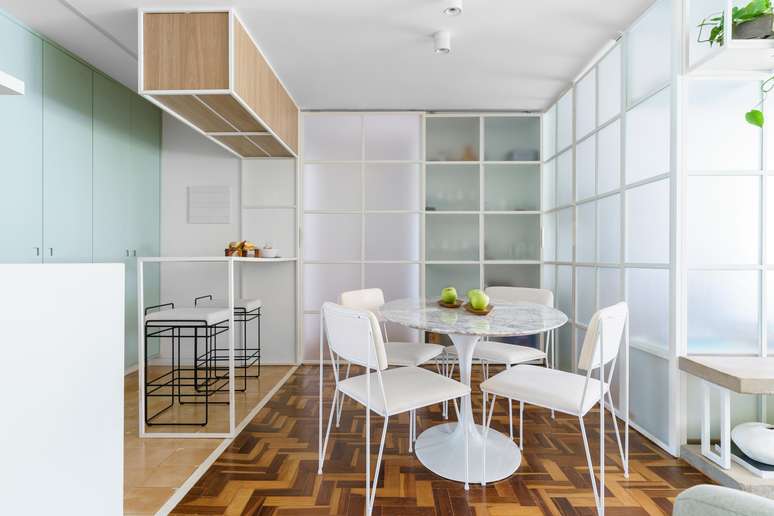Partitions are necessary in any architectural project. See examples of partition walls in wood, plasterboard, fabric, glass and cobogó.
Room dividers are necessary in any architectural project delimit each room and, if used appropriately, contributes to space optimization. Even in integrated environments – a trend in contemporary homes and apartments – partitions continue to appear, albeit in a non-traditional way, in hollow or movable models.
Check out some types of dividers and usage tips offered by Shopping Interlar Interlagos below:
1. Wooden divider
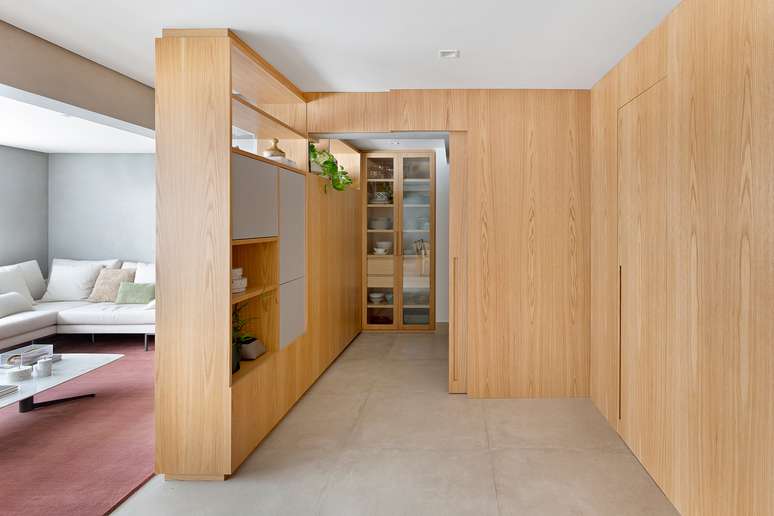
If you are looking for a more natural and rustic decoration, without losing the elegance, wooden dividers are a great option. There are many models that use this material, but the smooth, hollow or grilled panels they are the most sought after.
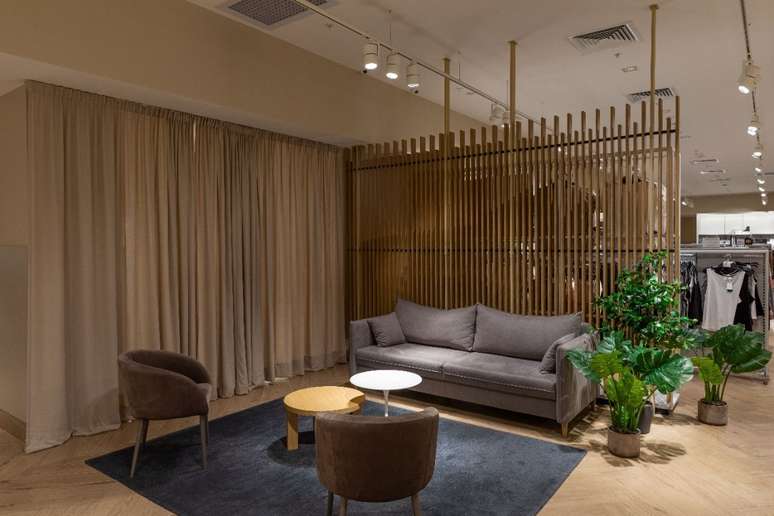
Wood is also widely used screenswhich have the advantage of being movable walls, allowing you to change the configuration of the room.
2. Fabric divider
Room dividers tissue They are simple and functional. Curtains made from opaque fabrics work well for those who need environments well protected from light. Lighter, translucent fabrics allow natural light to pass through more softly. Fabric screens are also a good option as a room divider, with the advantage of being mobile, adapting to changing needs.
3. Plasterboard divider
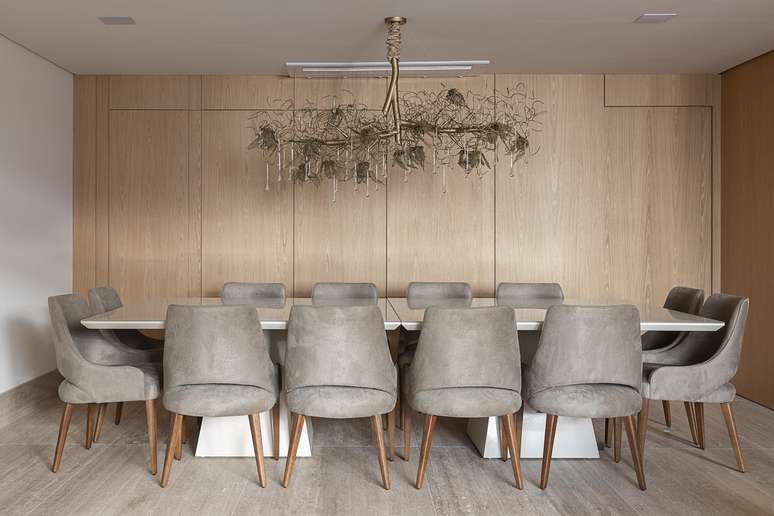
For those who need fixed partition walls, integrated into the furnishings of their home, the use of plasterboard is undoubtedly one of the most practical options. Easy to install, this material adapts to any space and allows you to create decorative niches in the wall itself, as well as incorporating lighting, ensuring an extra touch of refinement to the rooms.
4. Glass divider
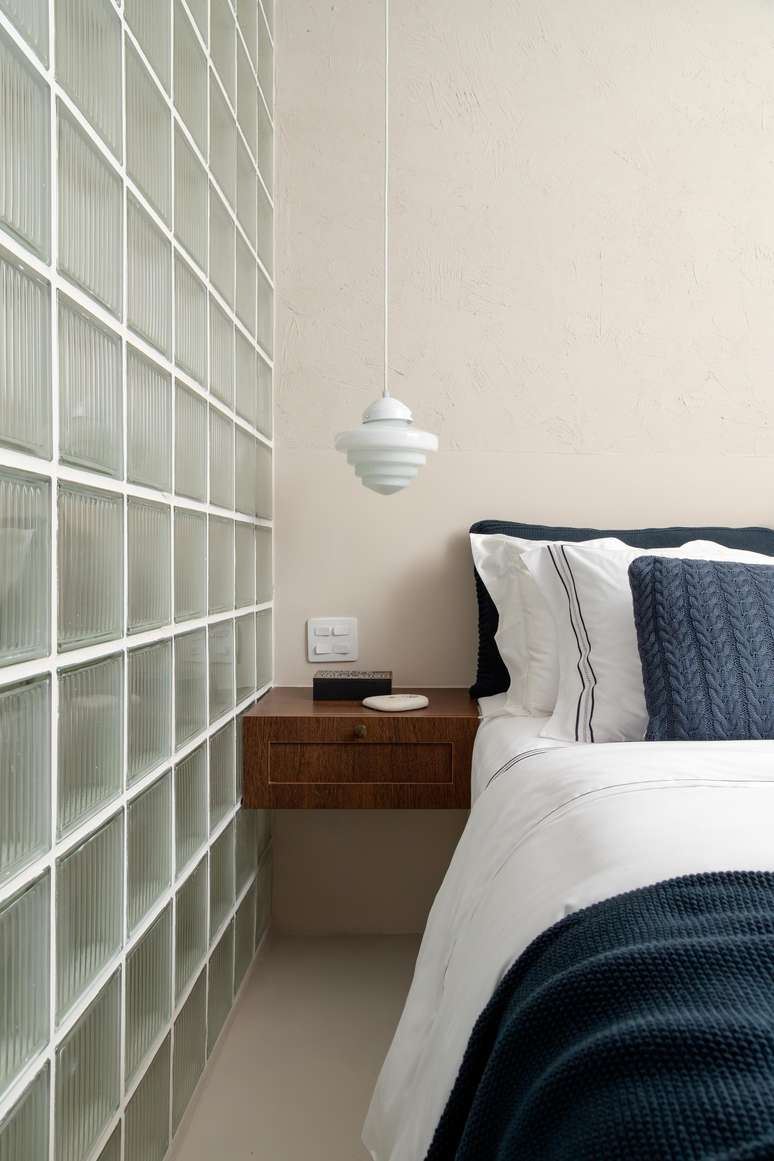
The biggest advantage of this type of divider is that it allows it passage of natural light. In homes it often appears in the separation between the kitchen and the laundry room, but it can also be applied in more unusual ways, as in this room, with glass blocks.
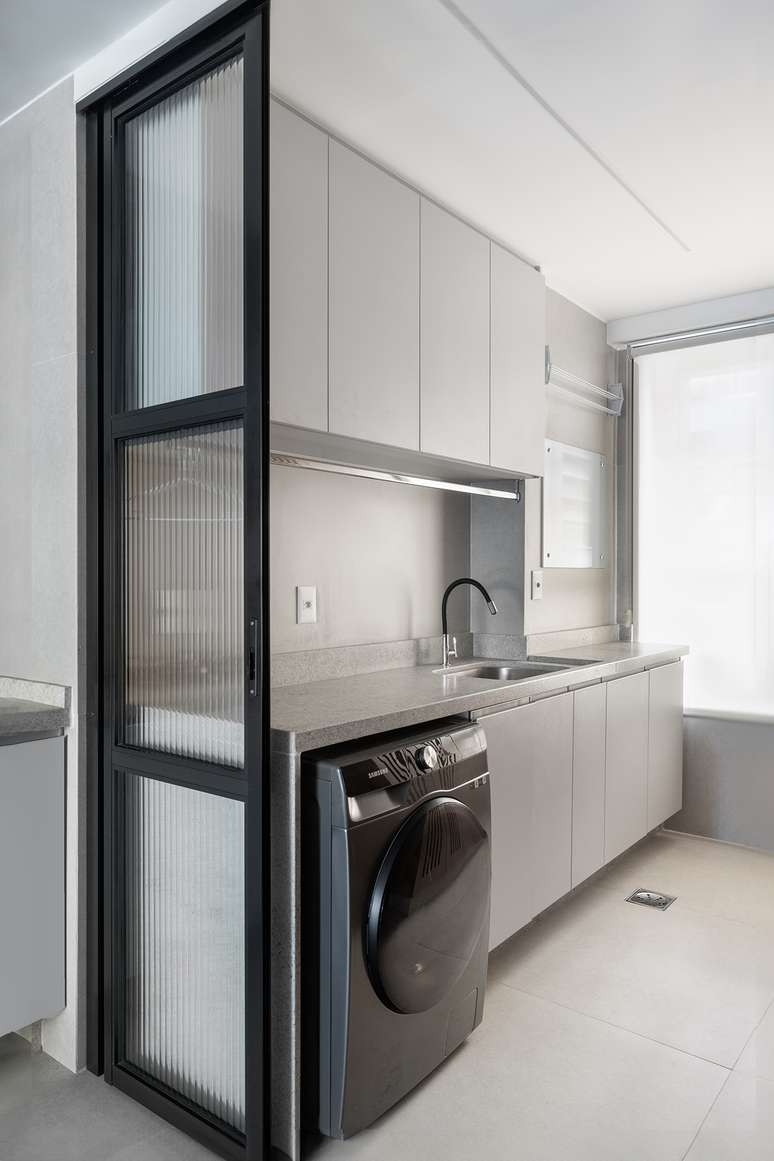
Fluted and sandblasted glass options for locations requiring greater privacy further expand the range of possibilities.
5. Cobogó divider
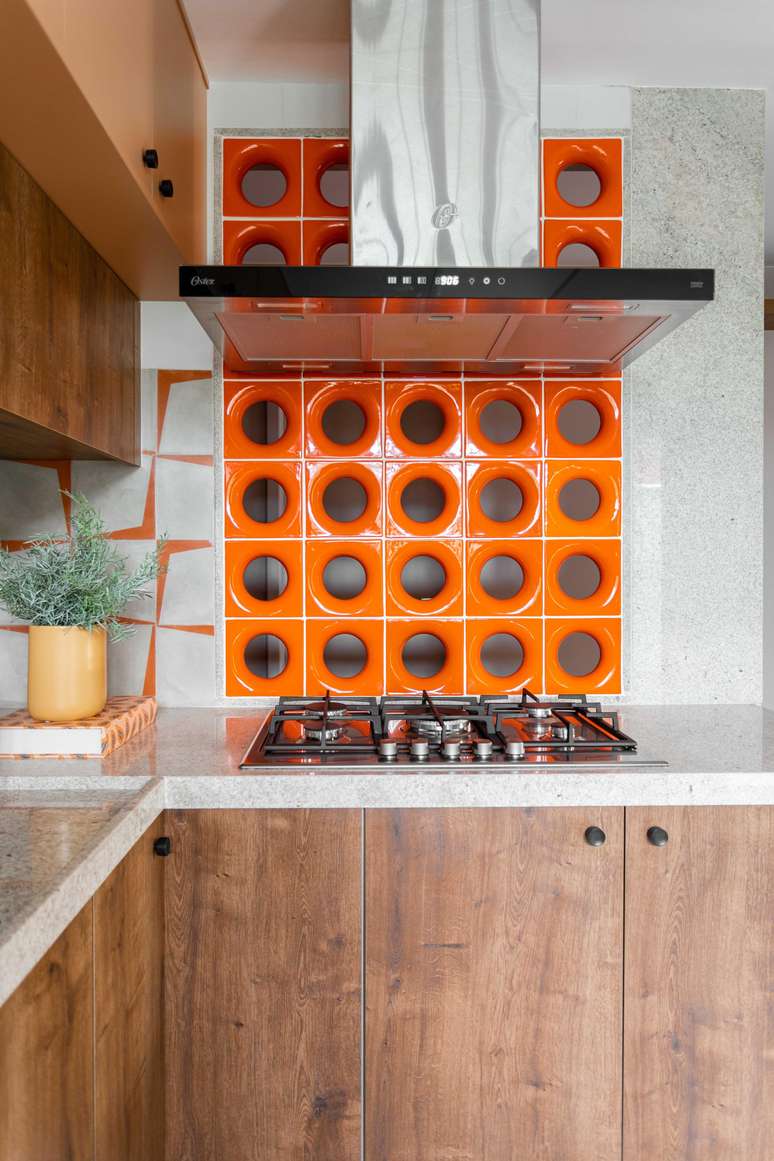
Cobogó is the name given to the hollow element, normally made of ceramic, clay or concrete, which, if used as a divider, guarantees greater ventilation and brightness to the space.
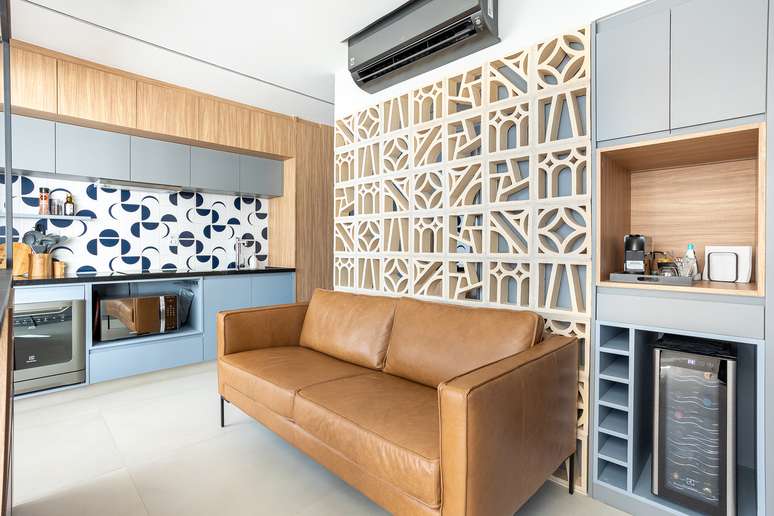
Available in different colors and shapes, they manage to divide environments without completely segregating them and add a particular charm wherever they are applied.
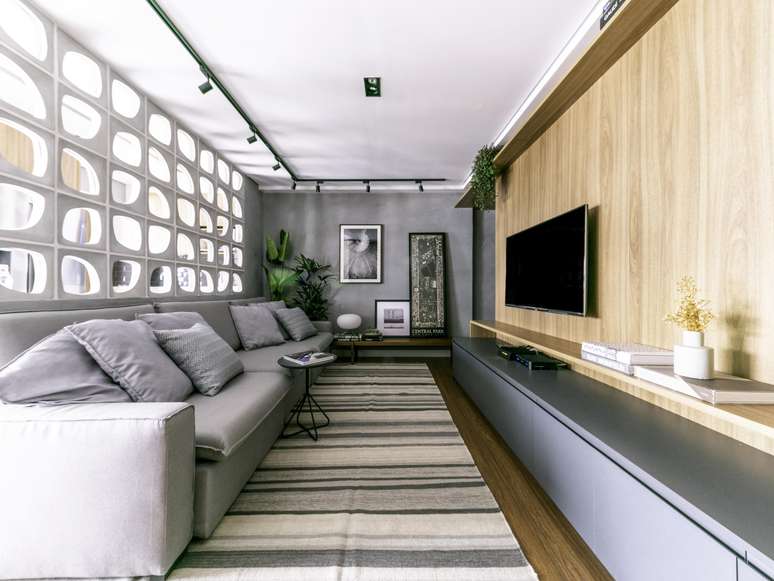
Source: Terra
Ben Stock is a lifestyle journalist and author at Gossipify. He writes about topics such as health, wellness, travel, food and home decor. He provides practical advice and inspiration to improve well-being, keeps readers up to date with latest lifestyle news and trends, known for his engaging writing style, in-depth analysis and unique perspectives.

